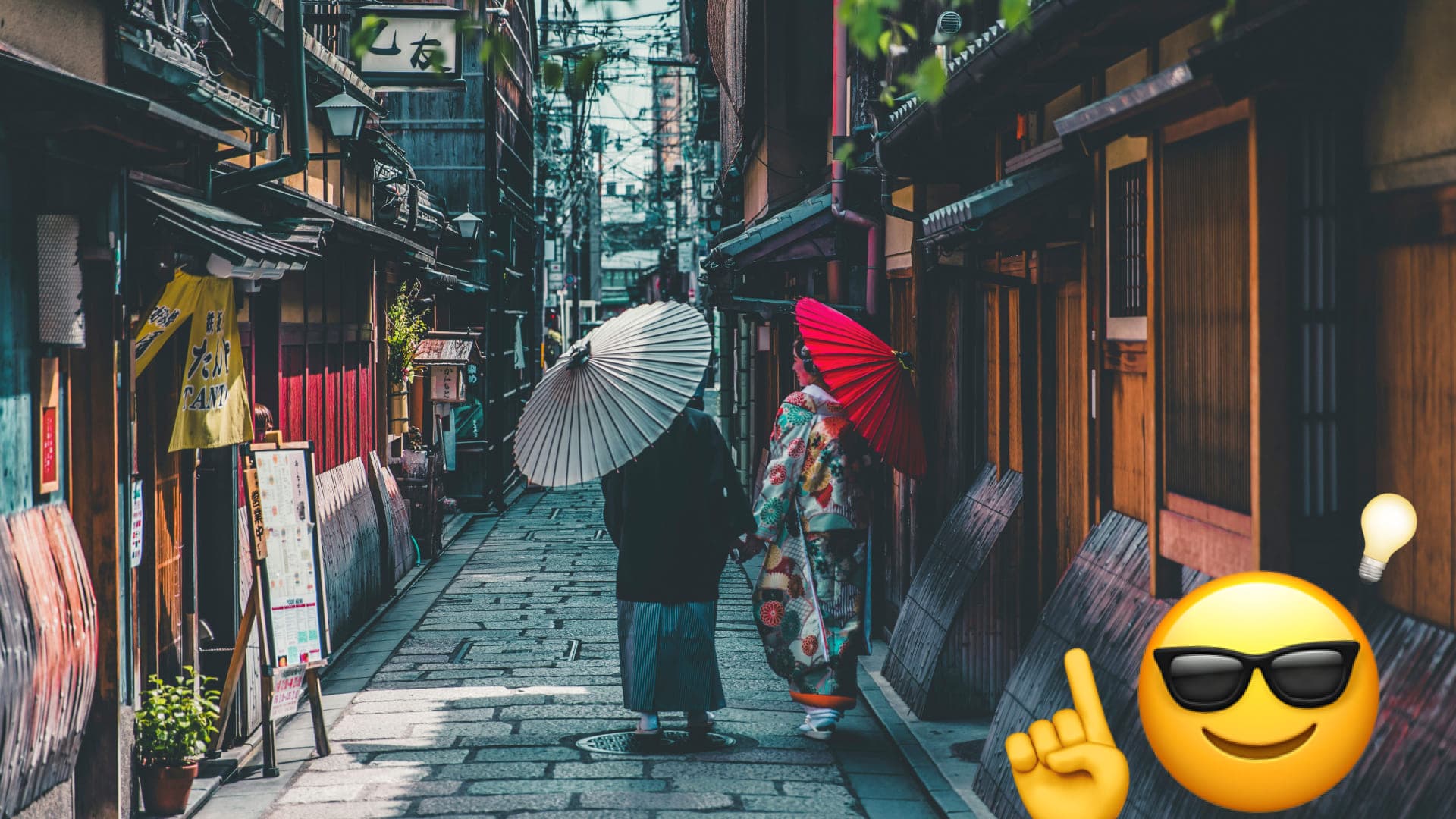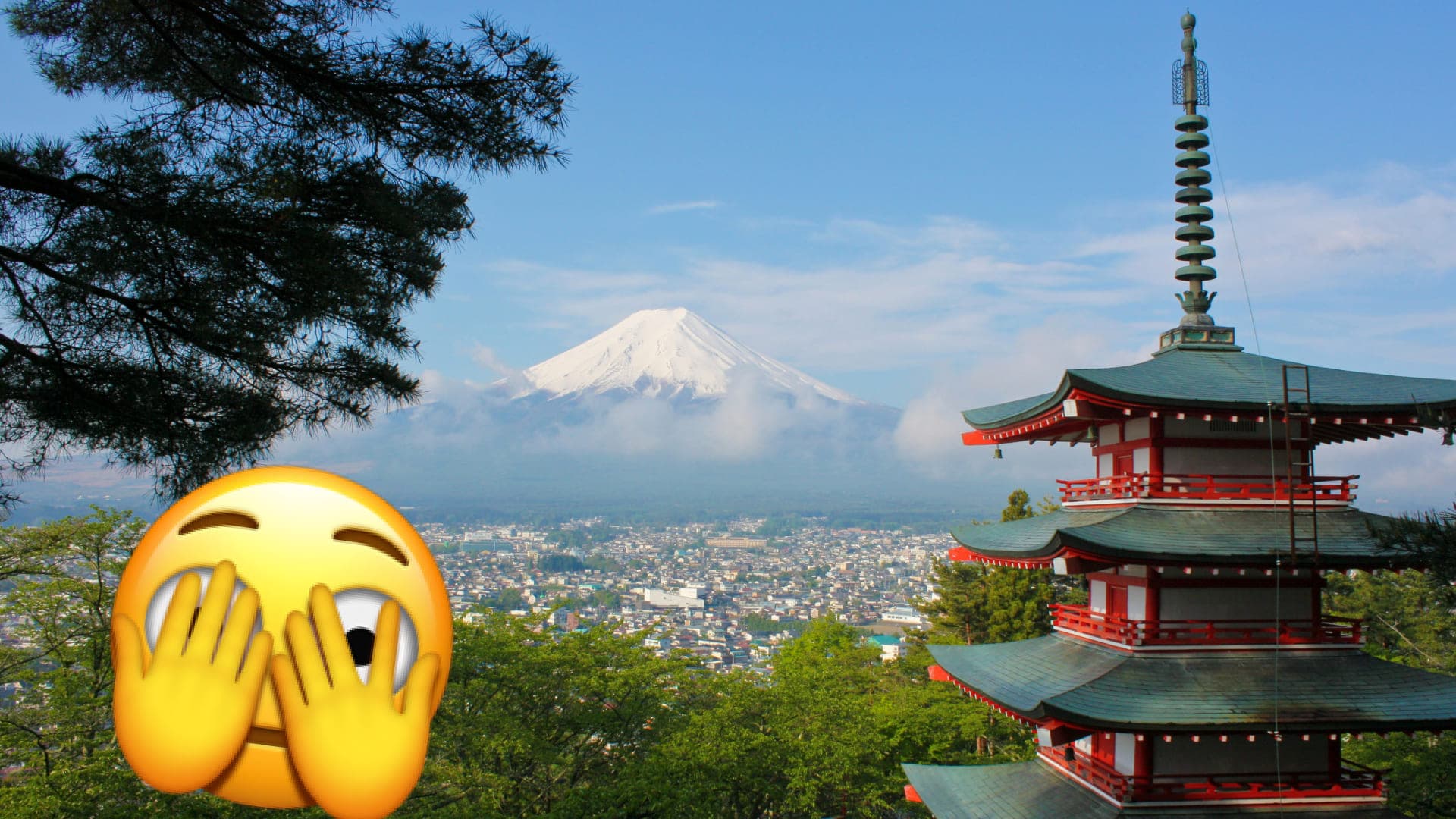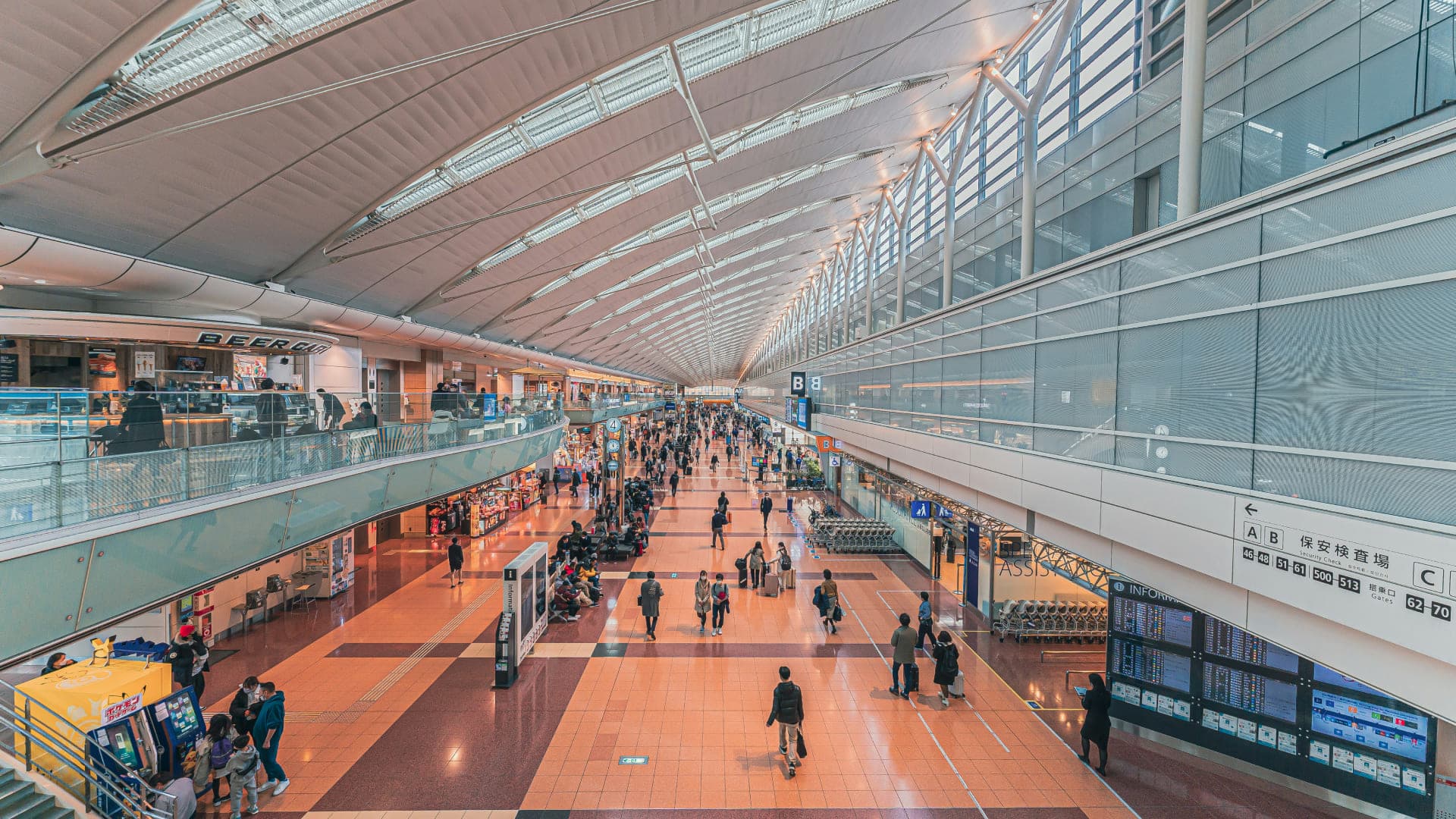【Essential Japanese Etiquette and Manners】A Guide to Avoid Travel Regrets
Dec 20th 2024
Feb 21st 2025

Japanese people are renowned worldwide for their punctuality, cleanliness, discipline, and spirit of "omotenashi" (hospitality). This distinctive national character draws admiration and interest globally.
These cultural practices and social order are sustained by two core values: consideration for others and maintaining group harmony.
This guide introduces essential manners and etiquette for a deeper appreciation of your Japan travel experience. Understanding these principles offers more than just following rules—it provides a meaningful glimpse into the Japanese mindset.
Daily greetings
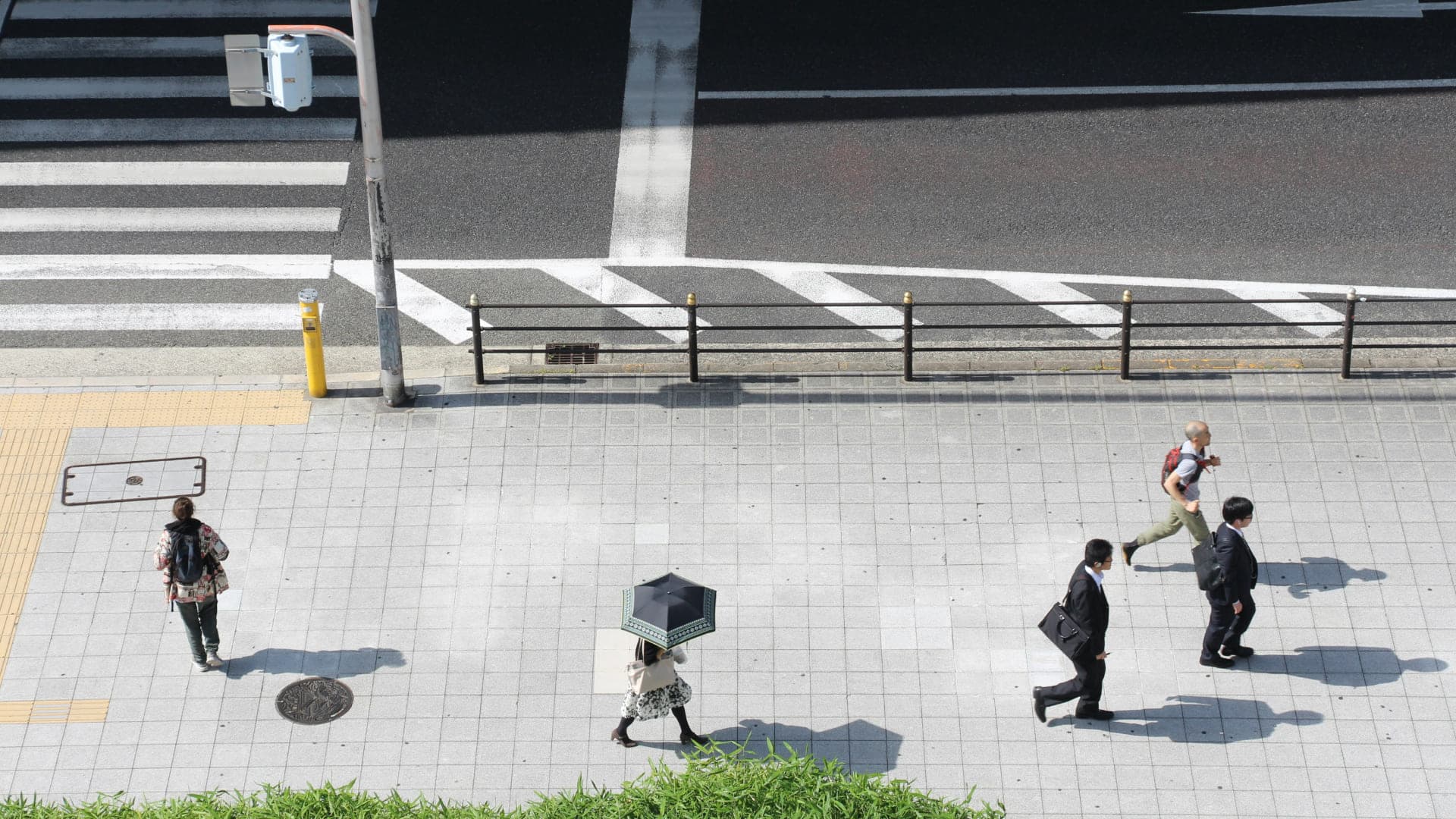
In Japan, bowing ("ojigi") is the fundamental form of greeting that shows respect. It ranges from a slight nod to a deep formal bow, depending on the situation.
Here are some basic Japanese greeting phrases to enrich your interactions with locals - they're worth learning!
Bowing in Japan

While foreigners often associate Japanese bowing with deep bows, these formal bows aren't common in casual settings. Deep bowing is primarily used in business situations, formal ceremonies, New Year's celebrations, and other occasions that require showing profound respect or observing traditional customs.
Should tourists master bowing?
For tourists visiting Japan, learning a simple nod or slight bow is useful.
A gentle head nod with a smile is perfectly acceptable. If someone shows you respect through a bow or other gesture and you wish to reciprocate, you can respond with a slightly deeper bow.
Useful greeting phrases
Here are some basic Japanese phrases that will help you communicate smoothly. Learning these can make a great first impression.
◼︎ Expressions of gratitude
◼︎ Time-based greetings
Learning these time-specific greetings shows cultural awareness and attention to Japanese customs, which is greatly appreciated by locals.
Dining etiquette
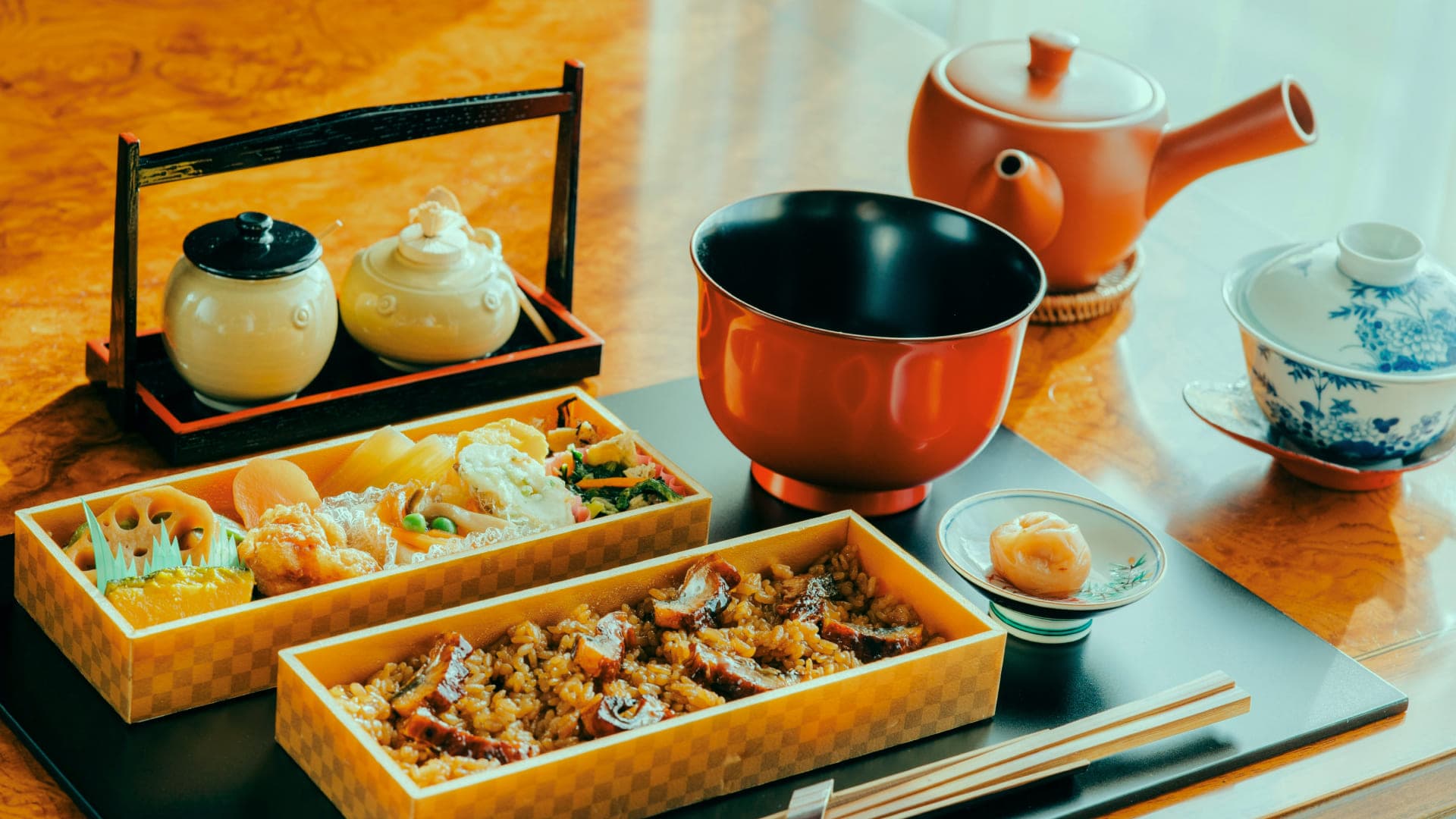
Japanese dining etiquette begins with "itadakimasu" and ends with "gochisousama" - phrases that express gratitude for the food and those who prepared it.
While Japanese table manners are extensive, here are the essential rules for visitors to enhance their dining experience and appreciate Japanese food culture more deeply.
Essential dining phrases

◼︎ "Itadakimasu"
Said before eating, this phrase expresses gratitude for both the lives of ingredients and those who prepared the meal. While traditionally spoken with hands together at chest level, visitors need only say the words quietly.
◼︎ "Gochisousama deshita"
Said after eating, literally meaning "thank you for preparing this feast" (originally meaning "running around to prepare"). "Gochisousama" is a less formal version. Like "itadakimasu," it's traditionally said with hands together, expressing thanks to everyone involved in the meal preparation.
Chopstick manners

◼︎ Don't stand chopsticks in rice/soup
This resembles "hashitate," a funeral ritual. Place chopsticks parallel on chopstick rests or bowls. If no rest is available, use folded chopstick wrapper.
◼︎ Don't spear food with chopsticks
This mimics funeral offerings and shows disrespect to the food. Chopsticks are for gently picking up food.
◼︎ No chopstick-to-chopstick passing
This recalls "kotsuage," the funeral ritual of passing bones. When sharing food, place it on a plate first.
◼︎ Use serving chopsticks for shared dishes
Don't use personal chopsticks for shared dishes. Use provided serving chopsticks or, if none available, use the opposite end of your chopsticks.
FAQ
Q: Is it ok to slurp noodles?
A: Yes. Slurping soba, udon, and ramen is acceptable. Making sounds while eating these noodles is normal.
Q: Can I eat sushi with hands?
A: Yes. Both chopsticks and hands are acceptable for sushi, but use chopsticks for other dishes. Dip sushi lightly in soy sauce and eat in one bite when possible.
Q: What behaviors should I avoid while dining?
A: Don't play with food, tap plates with chopsticks, or burp loudly.
Q: Should I tip?
A: No. Tipping is not practiced in Japan, including at hotels and ryokan. Express gratitude through words instead.
Public transportation
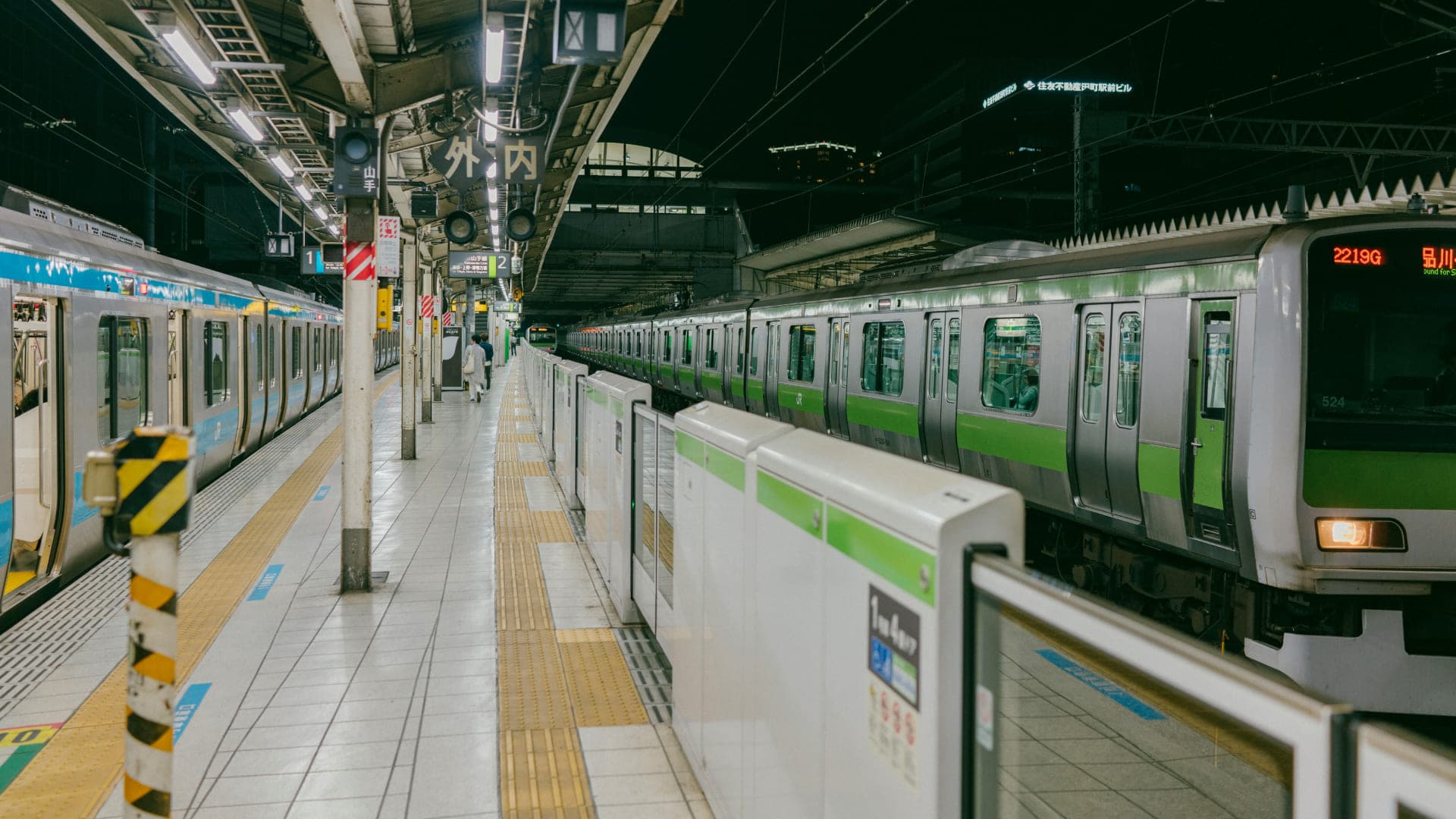
Japan's public transportation is known for its punctuality, cleanliness, and comfort - qualities maintained through passengers' considerate behavior.
Here are three essential manners that help create a pleasant experience for everyone.
Avoid loud conversations/phone calls
Please keep quiet on Japanese public transport, as it's a daily commuting space for locals. Avoid loud conversations, keep device volumes low, and refrain from phone calls.
Be considerate of others
Hold your bags close during crowded times and manage large luggage carefully to avoid blocking others. Don't congregate or stop near train doors, as this blocks passenger flow.
Cover your mouth when coughing/sneezing
Cover your mouth when coughing or sneezing, as this is standard practice in Japan. If you're feeling unwell, wear a mask - available at convenience stores and station shops.
Tourist site etiquette
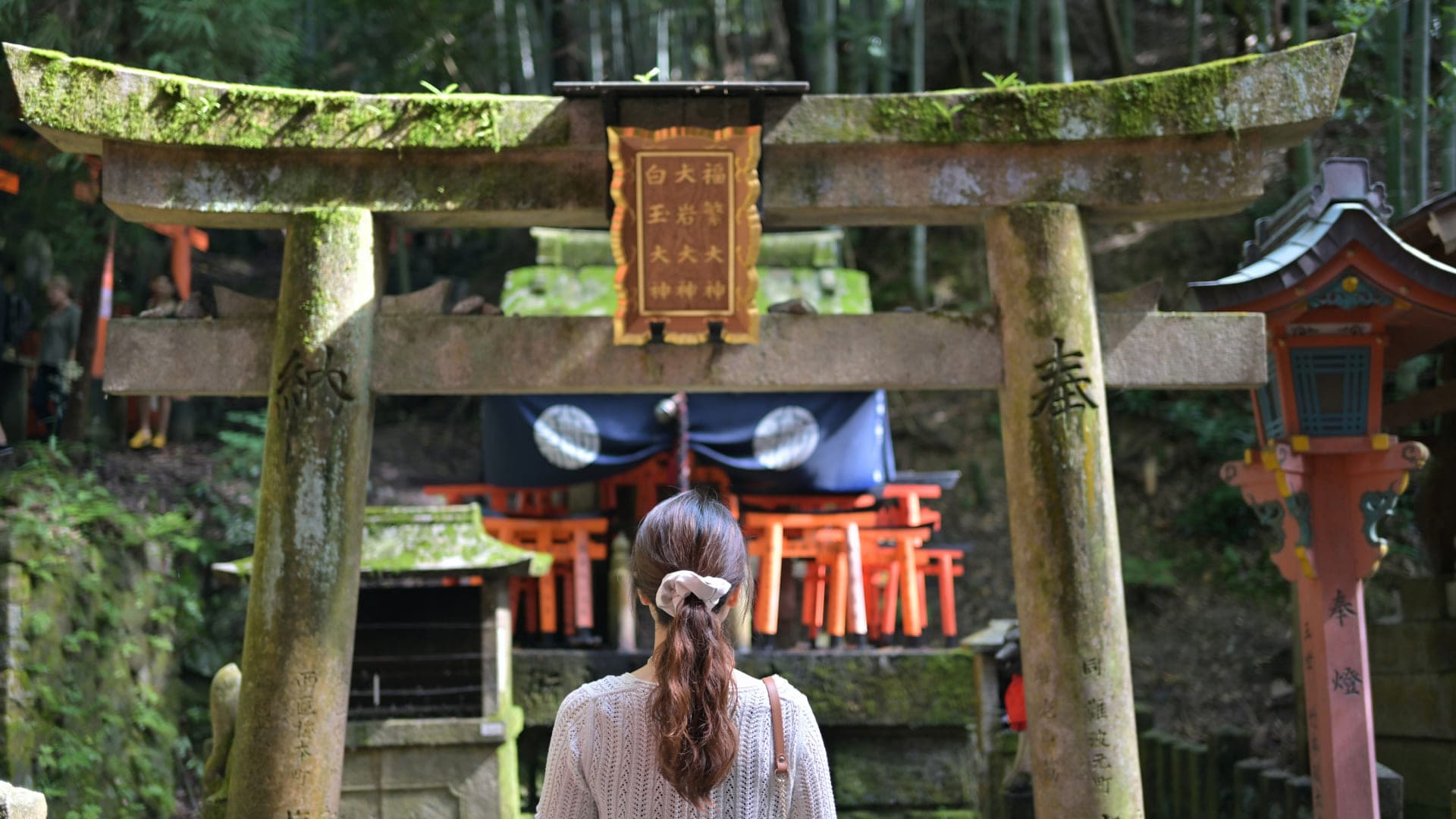
Japan's tourist sites embody centuries of history and culture, preserved through local community efforts. While these may be tourist attractions for visitors, they are vital living spaces for residents and, in the case of shrines and temples, active places of worship.
The following guidelines will help preserve these cultural treasures for future visitors.
Follow traffic rules
In Japan, cars drive on the left and pedestrians walk on the right. Always use crosswalks and obey traffic signals - this is standard practice even when no cars are visible. Avoid walking in wide groups, as many tourist areas have narrow sidewalks.
No eating while walking or littering
Avoid eating while walking in tourist areas unless specifically permitted. Eat at designated areas like rest spots, benches, or cafes. Always dispose of trash in appropriate bins with proper sorting, or carry it with you until you find one.
Stay quiet at shrines and temples
Remember that shrines and temples are primarily places of worship, not just tourist spots. Keep conversations quiet to avoid disturbing worshippers, and be mindful when taking photos in front of main halls, as this may interfere with others praying.
Don't touch or damage property
Historical buildings and artifacts are precious cultural properties preserved over generations. Do not touch any displays or exhibits as this causes damage. Check photography rules as flash is often prohibited. These treasures must be protected for future generations.
No intrusive photography
Historical buildings and artifacts are precious cultural properties preserved over generations. Do not touch or play with any displays or exhibits, even if touching appears to be allowed - any contact can cause damage. Check photography rules as flash is often prohibited. These treasures must be protected for future generations.
Avoid disruptive behavior (dancing/group blocking)
While taking photos for social media is popular, avoid disrupting others or blocking paths. Never enter private property without permission. Photography is often prohibited inside temple/shrine halls. Even where photos are allowed, minimize tripod use and lengthy photo sessions.
Street etiquette
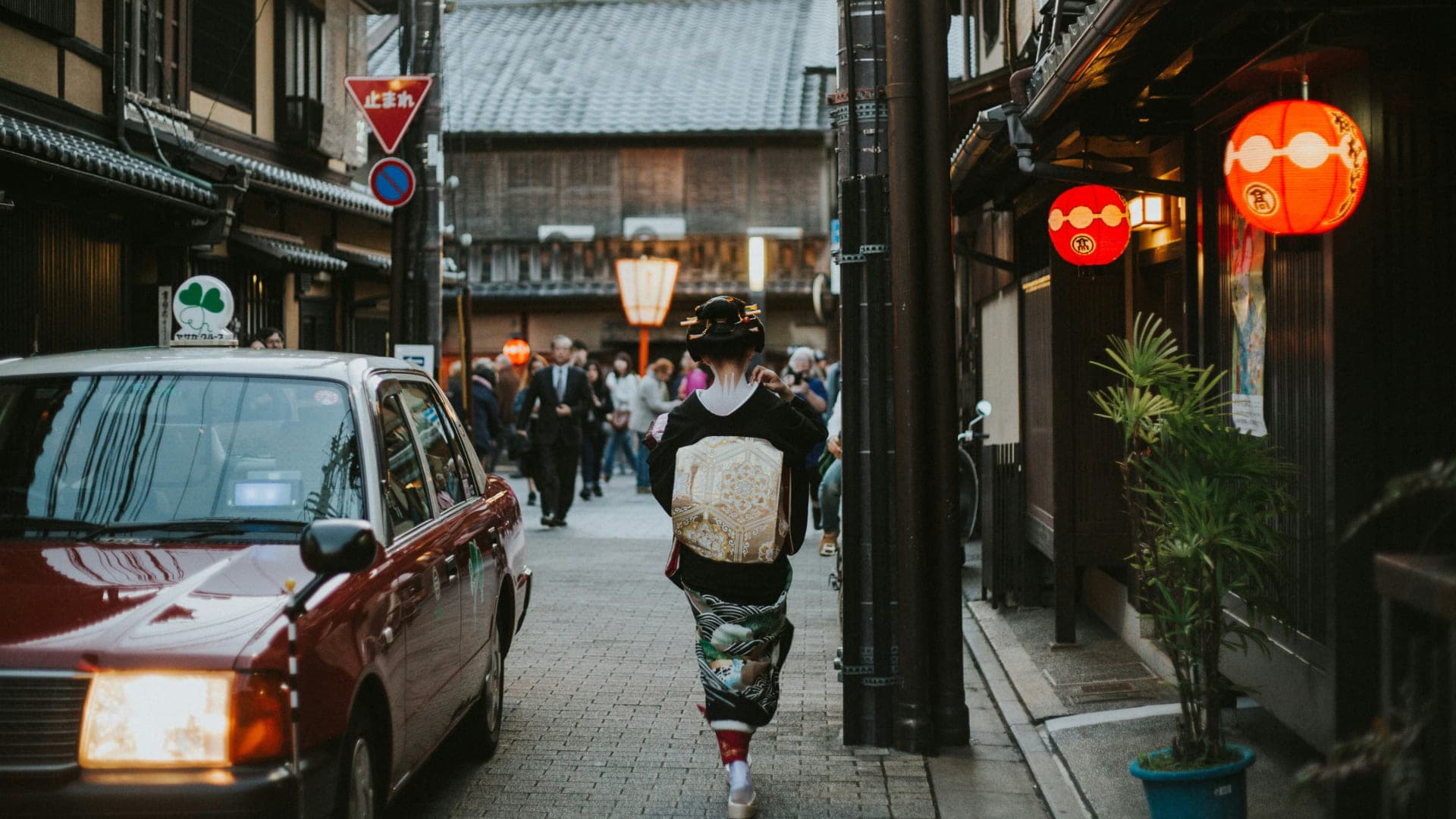
While most visitors follow etiquette at major tourist sites, similar manners apply when exploring Japanese streets. The cleanliness and safety of Japanese cities stem from residents' daily observance of basic rules.
We invite visitors to both enjoy and help maintain this unique urban atmosphere.
No smoking on streets
Smoking on streets is prohibited in many Japanese cities, especially in downtown and tourist areas, with potential fines for violations. Use only designated smoking areas, which can be found near major stations and commercial facilities - look for cigarette icons on area maps.
No eating while walking
Eating while walking is generally discouraged in Japan to keep streets clean and avoid disturbing others. However, exceptions exist in certain tourist areas and during festivals where street food is part of the experience.
No littering
Japan's cities are known for their cleanliness because residents always take their garbage home. Carry your trash with you and dispose of it properly at your accommodation. When buying from convenience stores or cafes, use their waste bins if available.
Don't walk in large groups
Many Japanese sidewalks, especially near stations and tourist spots, are narrow. Avoid walking in wide groups as this blocks both oncoming pedestrians and local commuters. Be especially mindful during rush hours when people are hurrying to work or school.
Stand on one side of escalators
On Japanese escalators, stand on one side to let others pass. Tokyo custom is to stand on the left, while Osaka stands on the right. When unsure, follow what locals are doing.
Hotel and Ryokan etiquette
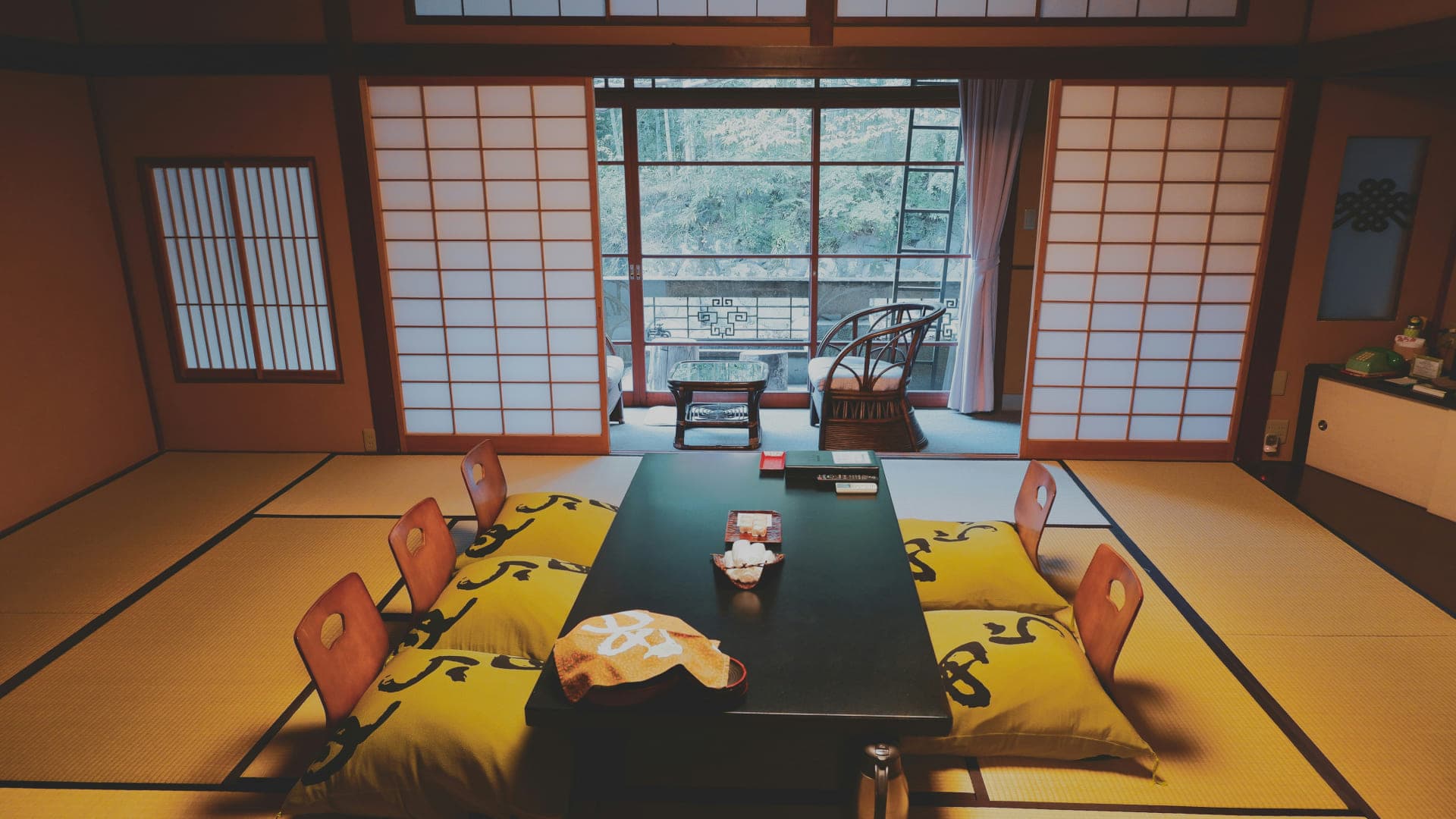
Japanese accommodations, especially ryokan, maintain traditional customs including specific etiquette for tatami rooms and public baths.
Understanding these basic manners will enhance your stay. Don't hesitate to ask staff if you have questions about proper etiquette.
Remove shoes indoors
In Japan, remove shoes before entering rooms, especially in ryokan and Japanese-style hotel rooms. Change to slippers at the entrance step. Remove slippers before stepping on tatami mats - use only socks or bare feet. Special bathroom slippers are provided - remember to switch back to regular slippers when leaving.
Bathing rules
In public baths and onsen, wash your body thoroughly before entering the shared bath. Keep wash towels out of the bath water - place them on your head or the bath's edge.
Many facilities prohibit tattoos, so check their policy when booking.
Don't take amenities
Hotel amenities (toothbrushes, shampoo, towels) are for use during your stay only. Some facilities may allow you to take certain items as souvenirs. Ask staff if unsure about what you can take.
FAQ
Q: Why do Japanese people remove shoes indoors?
A: This practice maintains cleanliness and stems from traditional architecture designed for Japan's humid climate. It's also tied to the custom of sitting and sleeping on tatami floors.
Q: Why are tattoos often banned at Japanese onsen?
A: Tattoos carry negative social connotations in Japanese culture. Many facilities ban them to maintain a comfortable environment for all guests.
Q: Are tattoos prohibited at all hot springs?
A: No. Some facilities allow tattoos, while others accept covered tattoos with waterproof patches. Always check policies in advance.
Q: Are there facilities that accept guests with tattoos?
A: Yes. Private baths in hotel rooms usually allow tattoos, and some public bathhouses may be accepting. Always confirm policies beforehand.
Conclusion
These manners reflect Japanese 'consideration for others' (omoiyari). While they may seem detailed, understanding them offers deeper insight into Japanese culture and lifestyle.
The Japanese saying 'harmony is to be valued' still guides society today. Following these manners isn't burdensome - it's an opportunity to experience Japanese culture's essence.
We hope you create wonderful memories in Japan.
Thank you for reading!
See you in the next article!
